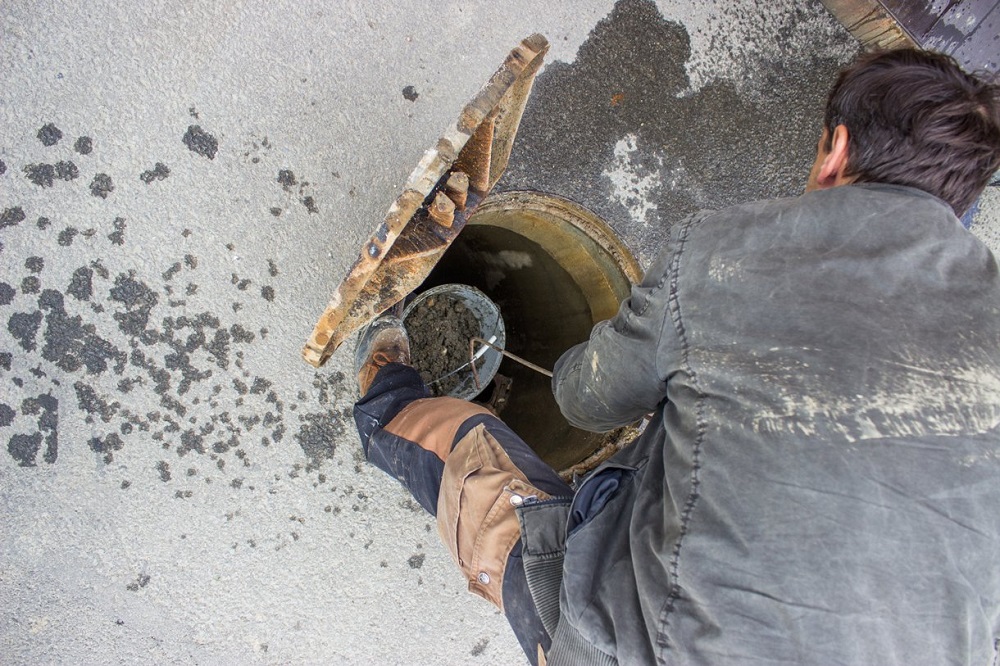How to Cover Floor Vents

Most people often disregard floor vents because their locations are constantly on the floor, and people don’t usually look down. In residences with a forced-air heating system, you can often find these installations. It pushes hot or cold air into the rooms via vents, which are simply metal plates with holes or apertures to enable the “treated” air to enter through.
Ductwork runs through the frame of your residence, similar to halls at a school, transporting warm or cooled air to various areas. The ducts may go through the attic occasionally, but the standard is to put them beneath the floor. Each room has a vent cover that protects objects from falling into the duct where there is an opening. Before you cover your heat vent holes, be sure it’s appropriate for your situation.
Most floor vent registers are of metal to resist the constant flow of heated air coming from them. Today, there are many other varieties in the market, and there are now some treated plastic and specifically treated wood alternatives available, which significantly expands the design options.
The Typical Steps of Covering Your Vent
Here are the standard steps that you’ll have to do if you want to safeguard your floor vents. Ensure to prepare the room, the area, and the materials before you continue to do this task:
Step #1: Inspect your floor vents
Remove the vent cover. If there is a gap between the metal duct and the floor, it indicates an unsealed vent. You can also install floor access doors if you need a thorough inspection of your entire system. It is an essential installation if you genuinely want to maintain your vents regularly.
Step #2: Gather your Tools
There are some of the items that you will use during the procedure: Aluminum tape, water-based duct sealer, aluminum screen, putty knife.
Don’t forget to include: screwdriver, hammer, scissors, paper towels, rags, and rubber gloves.
Step #3: Tape the vent
Flatten the metal duct using the hammer, then wipe off the insides with a damp rag. Measure the sides and, using the measurement tear some aluminum tape and cover the four sides. Wrap over onto your floor by 1/4 inch making sure it adheres.
Step #4. Seal the tape
Use the putty knife to coat the tape with the sealant. It should extend past the bottom and up to the corner of the floor. Then wait for it to dry.
Step #5: Seal for bugs
Unroll the aluminum screen. Cut the aluminum screen using a pair of scissors 1.5 inches wider than the opening. Push the screen into the vent. Create a crease along each of the four sides. Trim the corners to be square. Tear four more pieces of aluminum tape, then tape the screen onto the vent. Replace the vent cover.
Why Do You Need Covers for Your Registers?
Having a few of the heat registers that you want to close, you can usually do it swiftly and simply without worrying about disastrous repercussions. Most data shows turning off the heat or cold airflow in a room might save you between 5% and 10% on your heating and cooling costs. It is just common sense; if you have a tiny place to heat, it takes less heat to warm it.
It would be best to cover your vents to prevent any objects from going through them that may cause damage to your entire system, mainly if it accumulates inside, blocking the airflow. Another concern is the bugs that might nest in your vents. There are many videos posted online about the hassle of such a situation.
Why It’s Critical to Maintain Your Floor Vent Registers
Despite how clean you think your residence is, dust and grime are everywhere, and a forced-air cooling or heating system will drag this material right down to the floor, where it will surely make its way into the vent holes of the room’s floor registers. If the heating system works effectively, these vents must be kept as clean and lint-free as necessary. Air cannot travel through a blocked duct, and it might even constitute a fire danger; therefore, regularly maintaining your floor vent registers is essential!
Exceptions
Avoid sealing off a register vent fed by a heat pump furnace when cutting off heat registers in specific spaces to save resources and costs. The heat pump’s intended design is for effective and efficient operation and has a particular volume of air outputs and air inlets installed. Sealing off areas and registers will likely reduce the heat pump’s performance and perhaps cause damage to the furnace. Otherwise, shutting up to 20% of your room’s heat registers can aid you in saving money and energy.
Conclusion
Ensure that your registers are not just functional but also aesthetically pleasing. There are many options available in the market right now from reputable brands. If you need advice, never risk and always get your information from a licensed professional who has the knowledge and expertise to guide your decisions.






